The distinctive beard of a Schnauzer is one of its most charming features, setting it apart from other breeds. However, maintaining that iconic facial hair requires more than just admiration—it demands consistent care and attention. A Schnauzer’s beard isn’t merely for show; it serves practical purposes, from protecting their face during outdoor adventures to trapping food and moisture, which can lead to hygiene issues if neglected. Proper beard care is essential not only for aesthetics but also for the dog’s overall health and comfort.
Regular grooming is the cornerstone of keeping a Schnauzer’s beard in top condition. Unlike the rest of their coat, the beard tends to collect dirt, food particles, and even water after drinking. If left unchecked, this can lead to matting, unpleasant odors, and even skin infections. A daily routine of gentle brushing with a soft-bristle comb helps prevent tangles and removes debris before it becomes problematic. For Schnauzers with particularly thick or curly beards, using a detangling spray can make the process smoother and more comfortable for the dog.
Bathing plays a crucial role in beard maintenance, but it’s a balancing act. Overwashing can strip the beard of natural oils, leaving it dry and brittle, while infrequent cleaning allows bacteria and yeast to thrive. A mild, dog-specific shampoo should be used every few weeks, focusing on thoroughly rinsing the beard to avoid residue buildup. After bathing, the beard must be dried completely, as dampness can create a breeding ground for fungi. A microfiber towel works well for absorbing moisture, and a low-heat blow dryer can help reach the deeper layers of hair without causing discomfort.
Diet and hydration have an often-overlooked impact on a Schnauzer’s beard health. A diet rich in omega-3 fatty acids promotes healthy hair growth and reduces brittleness. Fresh water should always be available, but Schnauzers are notorious for dunking their entire beards into their water bowls. To minimize mess and keep the beard cleaner, consider using a silicone water bowl with a narrow opening or a specialized pet fountain that discourages excessive dipping.
Trimming is another aspect of beard care that requires finesse. While some owners prefer the natural, bushy look, others opt for a neater trim to reduce maintenance. Either way, regular light trimming prevents split ends and keeps the beard looking tidy. Scissors with rounded tips are safest for this delicate task, and it’s advisable to leave major shaping to professional groomers unless you’re experienced. Particular attention should be paid to the area around the mouth, where hair can become stained or matted from food and saliva.
Beyond physical care, behavioral habits also influence beard hygiene. Schnauzers often use their beards to explore their environment, dragging them through grass, dirt, and anything else that piques their curiosity. Training your dog to avoid excessive rubbing or digging can help keep the beard cleaner between grooming sessions. Additionally, wiping the beard with a damp cloth after meals or outdoor activities goes a long way in maintaining freshness.
Finally, vigilance is key in spotting potential issues early. Redness, excessive scratching, or foul odors emanating from the beard area may indicate underlying problems like allergies or infections. Regular checks during grooming sessions allow for prompt intervention before minor issues escalate. With the right care regimen, a Schnauzer’s beard can remain as functional as it is fashionable, reflecting the breed’s spirited personality while staying clean and healthy.
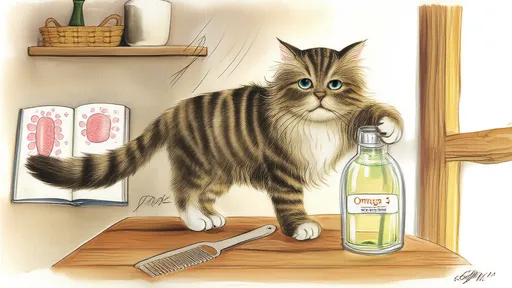
By /Jun 28, 2025
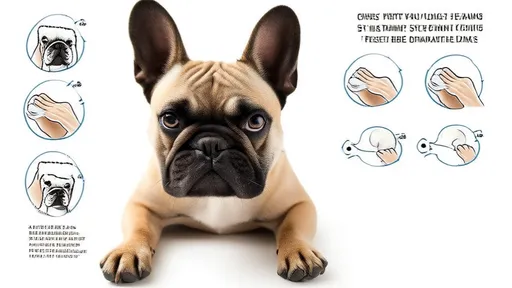
By /Jun 28, 2025

By /Jun 28, 2025
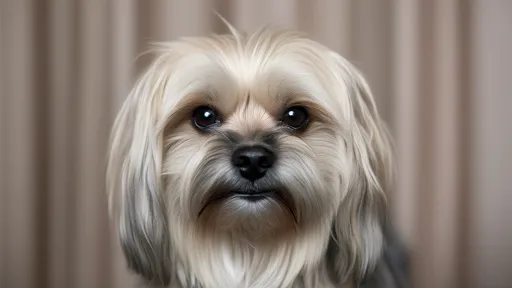
By /Jun 28, 2025
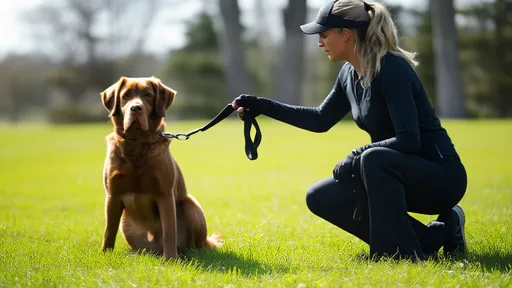
By /Jun 28, 2025

By /Jun 28, 2025
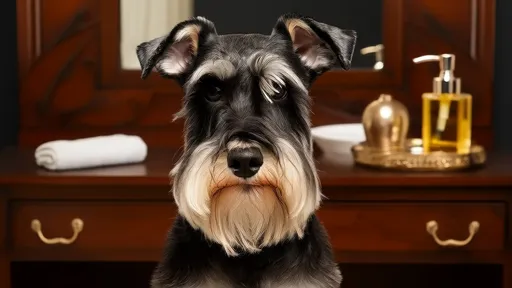
By /Jun 28, 2025

By /Jun 28, 2025

By /Jun 28, 2025

By /Jun 28, 2025
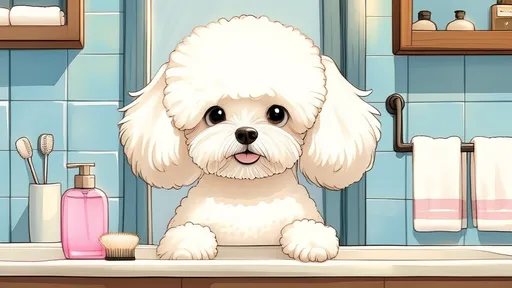
By /Jun 28, 2025
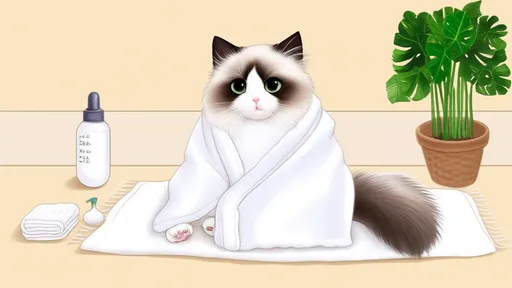
By /Jun 28, 2025
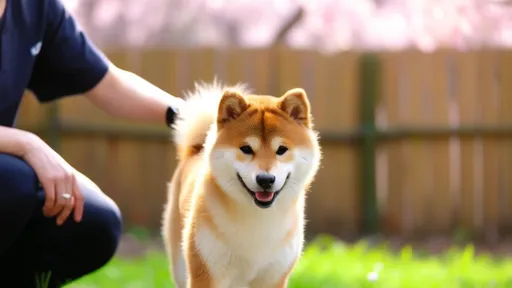
By /Jun 28, 2025

By /Jun 28, 2025
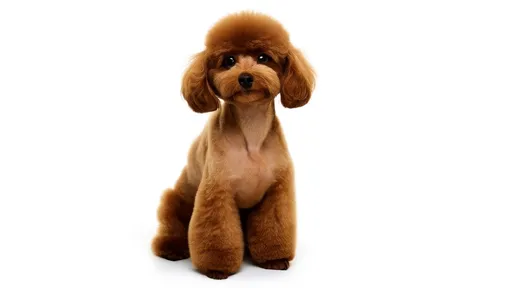
By /Jun 28, 2025

By /Jun 28, 2025
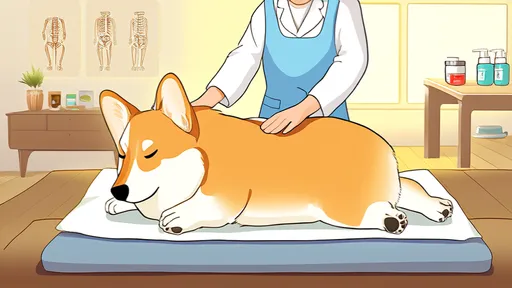
By /Jun 28, 2025
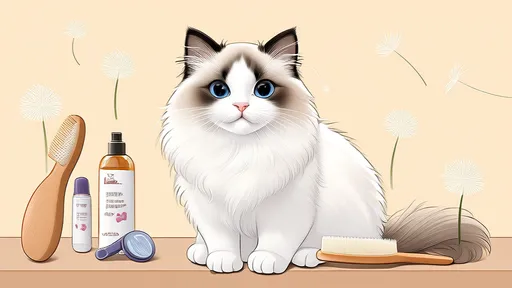
By /Jun 28, 2025